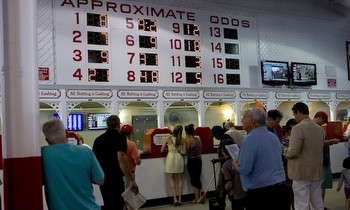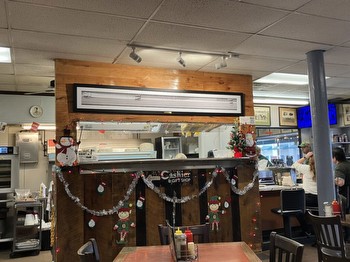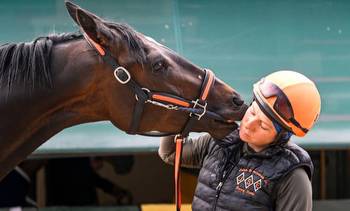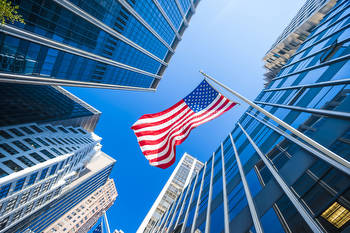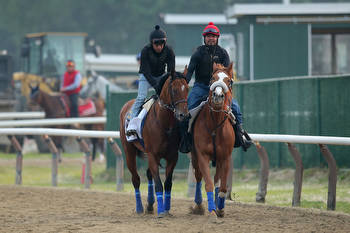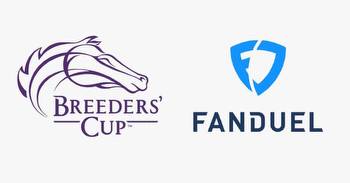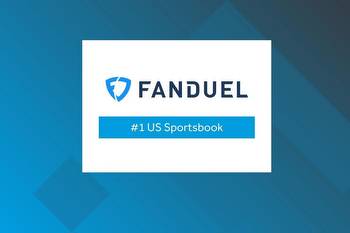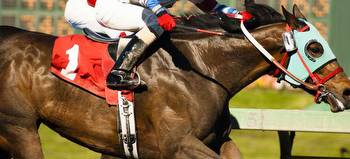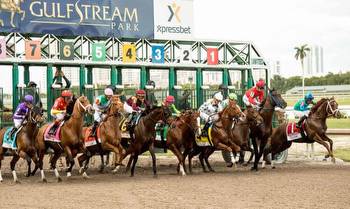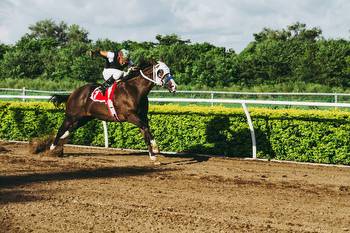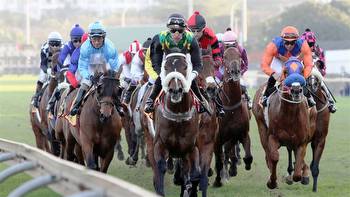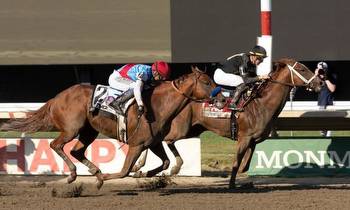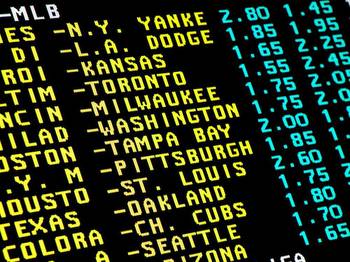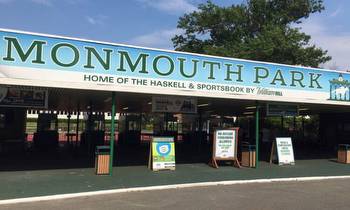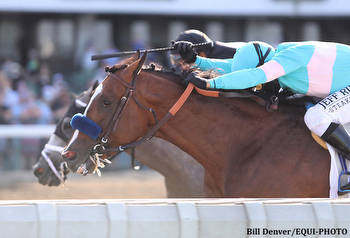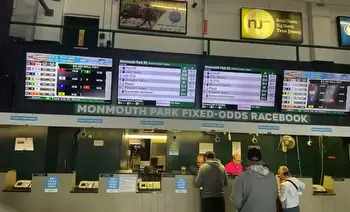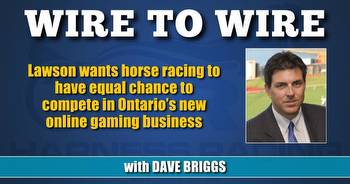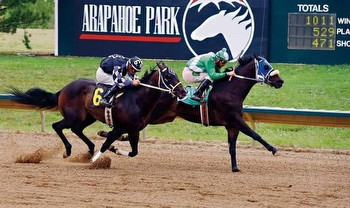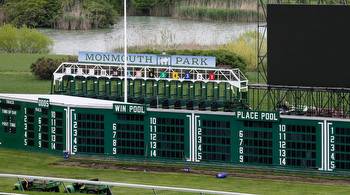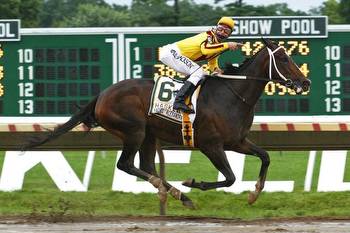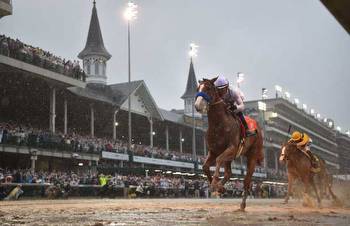The Future Of Sports Betting Is Horse Racing
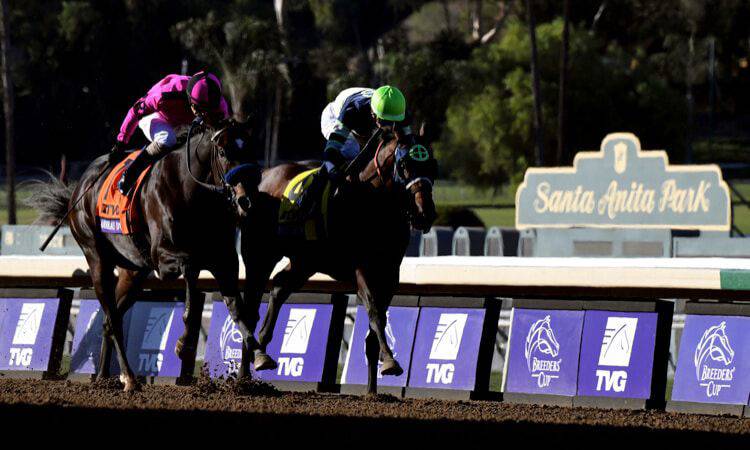
When the U.S. Supreme Court cleared the way for fixed-odds sports betting to sweep the nation in 2018, horse racing insiders may have felt as though the industry was the thoroughbred Sham, leading early in the 1973 Belmont Stakes with Secretariat breathing down his neck.
But this race has taken an interesting turn — to the point where it’s not really a race anymore. Within the past year, several mobile sportsbooks — FanDuel, DraftKings, BetMGM, Caesars, and PointsBet among them — have launched their own online horse betting platforms, known as ADWs (short for advance deposit wagering) in industry parlance.
Why? In short, it’s “the need for profitability,” as BetMakers CEO Jake Henson told US Bets, citing increasing market pressure for sports betting operators to actually make money in a maturing marketplace. With horse bettors’ winnings culled from massive international parimutuel pools, “there’s no in-house risk” for books, he added.
“The risk is basically building the platform and generating sufficient wagering to have liquidity,” added Phil O’Hara, an assistant professor with the University of Arizona’s Race Track Industry Program who used to be the CEO of Equibase. “And I mean liquidity in the business and not into the pool. So there really is very little gambling risk, whereas if you’re a fixed-odds operator, where you’re actually booking bets, your risk is how good a handicapper you have and how you react to the shift in odds.”
Data suppliers like BetMakers exist to mitigate that risk, as do legacy ADWs — TwinSpires, TVG (which is owned by FanDuel), XpressBet, and NYRA Bets. If sportsbooks partner with such entities for horse racing odds and content, they don’t have to build their own horse-focused trading teams or go track-by-track for the rights to simulcast streams.
BetMakers powers the MonmouthBets app in New Jersey, the only state which, to date, has authorized fixed-odds horse wagering, the expansion of which is seen by many observers as a critical component in attracting sports bettors to horse betting. Meanwhile, as O’Hara points out, “almost everybody getting into [the ADW space] on the sports side is aligning themselves with some parimutuel entity to process those wagers, kind of like white-label platforms.”
If this all sounds like a turnkey proposition compared to getting a sportsbook off the ground, that’s because it is. But for anyone expecting a Secretariat-Sham dynamic now that these new runners are in the field, you may want to put a padlock on your wallet, because it’s a bit more complicated than that.
Saturation nation
In the race to claim market share in the relatively youthful U.S. sports betting marketplace, there have already been a few casualties. Now that the race is on in the ADW space, Pat Cummings, executive director of the Thoroughbred Idea Foundation, expects a similar theme to play out.
“I don’t think it’s much different than what we already see with sports betting,” he said. “In horse racing, there have been three main operators between TwinSpires, TVG, and Xpressbet. NYRA is a growing entity that really started from zero, then you have a raft of boutique ADWs. It’s a tough space to get into and really build a business, considering that so much of that business is controlled by a couple big players.
More succinctly, O’Hara said, “If you’re doing it as a standalone product, to get a point of market share is like slogging through the tundra. I worked for a client several years ago who said, ‘Every point is like a million dollars to our bottom line.’ And I said, ‘Go out and get that point and tell me how hard it was.’”
Questions of market saturation aside, Cummings said, “It’s not bad news for horse racing that people want to get into the business. Hopefully that yields the sort of modernization and innovation that we need as a sport.”
As Cummings sees it, such progress is multi-pronged.
“Horseplayers complain about late odds movements,” he said, raising a common parimutuel issue that’s seen as a roadblock to converting sports bettors into horse bettors. “Where there is a tremendous opportunity is in educating customers a little more in how the market operates. When you have a closed betting pool — the Daily Double and Pick Three — and if that market has already closed and it’s clear that the horse that walks into the gate at 5/1 is being treated like a 3/1 or 2/1 shot in a previously closed pool, chances are the same bettors are going to make that horse a 3/1 or 2/1 shot in the win pool, too.”
By virtue of its preexisting alliance with TVG, FanDuel was the first U.S. sportsbook to move into the ADW space — and the first (and still only) to offer a shared accountholder wallet for horse and sports betting. FanDuel’s general manager of horse racing, Andrew Moore, echoed Cummings’ sentiment when chatting with US Bets.
“Their biggest frustration is that the odds change,” Moore said. “Where you can help customers is on innovative content and education. Your customers also have to be willing to watch videos and read literature, so the challenge for us is how to deliver this information in such a way that’s interactive and compelling.
“The fun part of betting on horse racing is all the data that’s available. That said, it’s a huge challenge because it’s not something you can learn overnight and it’s something you need to develop a passion for. So we need to help customers realize what a fun proposition that can be.”
The Hong Kong example
Before taking his current position, Cummings spent three years working in public affairs for the Hong Kong Jockey Club. Here, he points to the various ways in which the HKJC presented data to bettors as something U.S. ADWs should mimic to become more “graphic-descriptive.”
“We get these exacta grids where everything looks the same; it’s hard to visualize where the market is going,” Cummings said of the U.S. experience. “In Hong Kong, if the price on a quinella bet drops 20 percent or more in the last couple minutes before the race, a big green box goes around it. That’s noticeable. If a price drops by 50 percent or more, you get a big brown box around it. That happens on all of the Hong Kong Jockey Club’s displays — their ADW, the tote board at the racecourse.
“It’s a way to show the public that the market’s changing. Those sorts of features — newer customers, younger customers can really appreciate and go a long way toward making it more tolerable when the markets change as much as they do.”
Cummings then took a macro view to illustrate what he feels are certain factions’ stubbornness when it comes to evolving the sports wagering products to meet bettors where they are.
“I think you can tell the story of horse racing through the reality of horse racing being the only legal interstate wagering product in America for the last 25 years,” he said. “We haven’t really grown despite having an interstate monopoly. Why? I think, for the most part, track operators and horsemen’s groups have focused a lot of time and effort on growing the purse supplement business — less on wagering and more on getting a cut of Historical Horse Racing or casino betting, which oftentimes is located on their property, without looking a lot at how to grow wagering.
“There is a tremendous opportunity to manage racing’s betting business better. And if we do, I think that’s an opportunity for operators to really kind of put that to work. Some of that is to expand their products and reach racing’s audience, but part of it is to prepare for a future where racing expands into fixed-odds options.”
The fix is in
It took a while for New Jersey regulators and industry stakeholders to clear fixed-odds horse betting for takeoff, and it will likely take a while for other states to follow suit. But considering what sportsbooks endured to offer their product outside of Nevada state lines, that shouldn’t seem too daunting.
“In sports betting, the first state took a lot longer than the next five or 10, so there’s an element of wait and see,” said Henson. “There’s definitely interest out there now. It’s just a matter of working through any concerns.”
“This new sports betting customer is far more likely to partake in fixed odds than parimutuel, but legislators have avoided fixed odds because there’s already legislation in place, and horsemen and racetracks are wary of fixed odds because it’s relatively new,” explained FanDuel’s Moore.
BetMakers recently commissioned a survey in which 66% of self-identified sports bettors said they’d be more likely to bet on horse racing if they had access to fixed-odds pricing.
“I don’t think the results are overly surprising, purely because the take-up of sports betting has been quite rapid,” said Henson. “Part of the opportunity for racing is to piggyback off all that concerted effort and position a racing product that’s seamless to the sportsbook, and that’s the fixed-odds product.”
“I think plenty of racing bettors are sports bettors. I’m not sure it’s the other way around,” Cummings said. He conceded, however, that “it’s not going to hurt to try” to gain some converts with fixed odds.
Looking at the same conversion dynamic, Moore said, “Sports betting is already a huge universe and racing is already dwarfed by it. It doesn’t need to be one to one for racing to do well. It’s another sport for people to partake in. Those who are interested and partake in it tend to love it.”
BetMakers’ survey also found that 67% of sports bettors said they’d be more likely to wager on horse racing if it was available through their sportsbook app. In the U.S., only FanDuel is currently offering a shared wallet for sports and horse betting, although DraftKings has indicated that it’s walking down that path.
And in both Henson and Moore’s estimation, that’s not even the final frontier.
“A shared wallet is important, but it also needs to be a seamless experience,” said Henson. “Shared wallets are stage one, and stage two is seamless integration, and that’s probably the next step for FanDuel.”
“The convenience factor without having multiple logins, interfaces, deposits — it just makes it more likely that people are going to interact with horse racing on a day-to-day basis,” said Moore. “The growth has been exponential on the sports side and the audience is younger and far bigger. Racing has a lot to offer. It’s a very fun product to wager on.”

